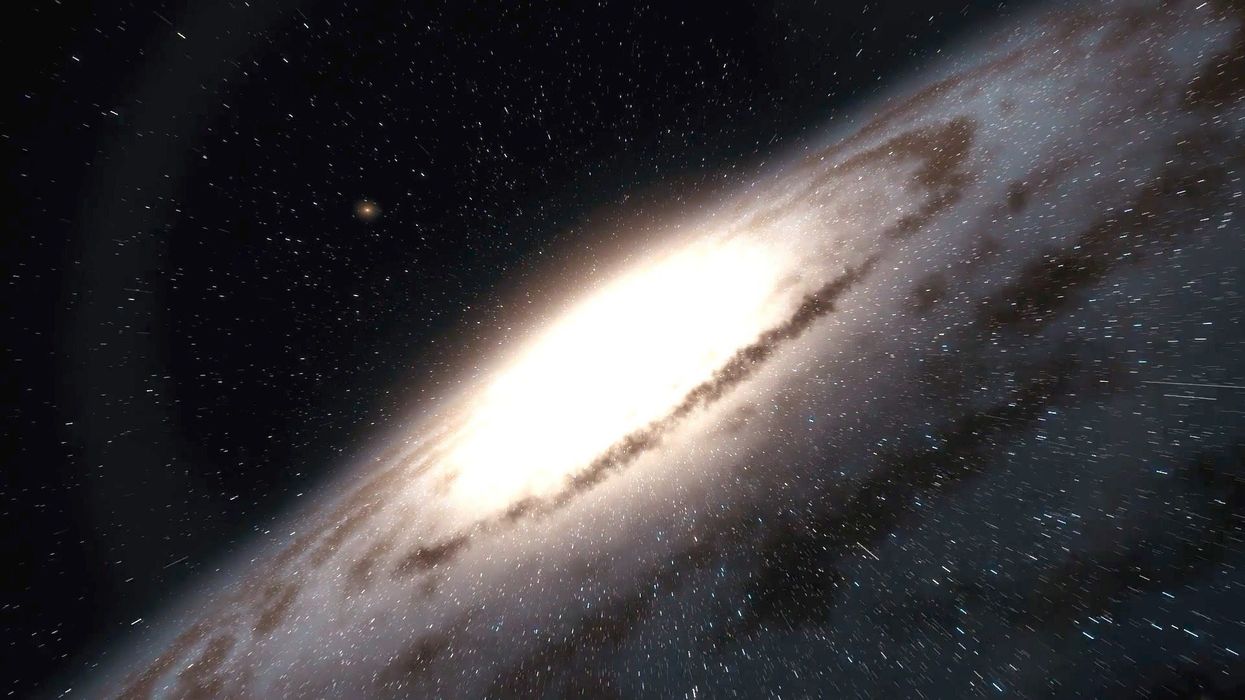In a development that could reshape our understanding of the cosmos, a team led by Cambridge University researchers has revealed the strongest evidence yet of life beyond our solar system. Observations from NASA’s James Webb Space Telescope (JWST) have identified compelling signs of organic compounds—specifically dimethyl sulfide (DMS) and dimethyl disulfide (DMDS)—in the atmosphere of exoplanet K2‑18b, located 124 light-years away in the constellation Leo. DMS and DMDS are significant because, on Earth, these sulfur-based molecules are almost exclusively generated by marine phytoplankton and ocean microbes. Their detection at levels thousands of times higher than on Earth marks a monumental leap forward in the hunt for extraterrestrial biology. According to lead author Professor Nikku Madhusudhan, this represents “the strongest evidence to date for biological activity beyond the solar system”.
/Earth%20(B).jpg)
Read Also: Largest Capacito - Powerful Magnet Lab

The researchers focused on K2‑18b, a so-called Hycean world, believed to be a water-covered sub‑Neptune with a hydrogen-rich atmosphere. Previous JWST data (2023) had shown carbon dioxide and methane molecules that hinted at habitability. Now, using the Mid‑Infrared Instrument (MIRI), the team detected DMS/DMDS with a three-sigma statistical confidence, suggesting a very low chance that these signals are random. Despite the excitement, scientists stress caution. Alternative sources—such as volcanic activity, lightning, or comet delivery—could also produce DMS/DMDS. Critics like Dr. Nora Hänni and Dr. Jo Barstow emphasize, “Life is one of the options, but it’s one among many,” and warn that we haven’t yet reached the gold standard of proof.
To validate these findings, follow-up studies are planned. These include extended JWST observations, laboratory simulations, and theoretical modeling aimed at ruling out non-biological explanations. Whether or not this turns out to be definitive proof of life, the discovery pushes us closer to answering one of humanity’s oldest questions: “Are we alone?” As Madhusudhan mused, decades from now, this moment may be seen as when “the living universe came within reach”. For now, the breakthrough has already captured the imagination of scientists and space enthusiasts alike, fueling hopes that life beyond Earth might soon be confirmed—or at least placed within striking distance.



